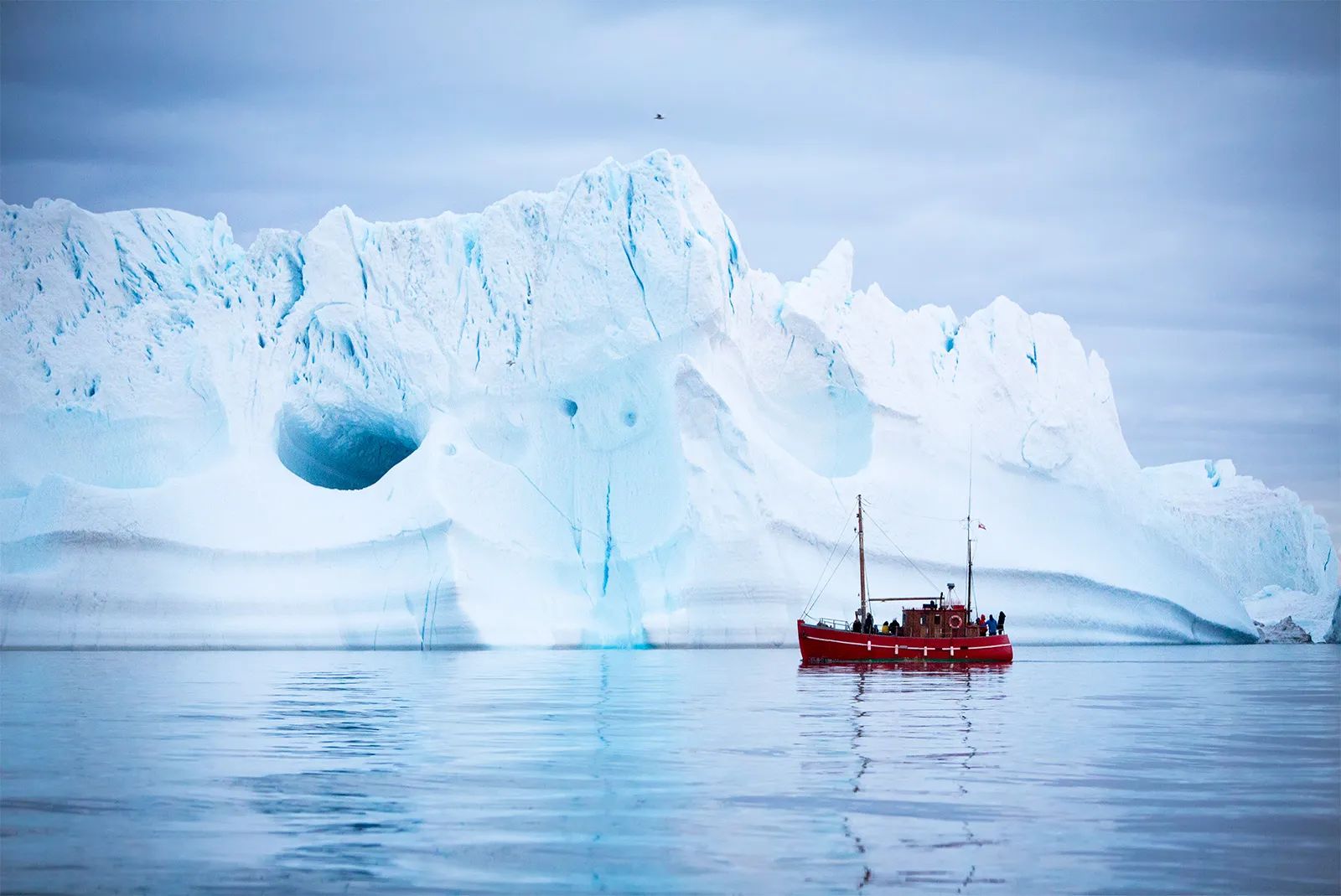Glaciology, the scientific study of glaciers and ice sheets, has played a crucial role in our understanding of the Earth’s climate, geology, and natural history. Throughout the years, numerous glaciologists have made significant contributions to this field, advancing our knowledge of glacial processes, ice dynamics, and the impact of glaciers on the environment.
In this article, we will explore the lives and work of the top 12 most influential glaciologists in history, highlighting their groundbreaking discoveries, innovative methods, and lasting legacy in the realm of glaciology.
Louis Agassiz (1807-1873)

Louis Agassiz, a Swiss-American geologist and naturalist, is often regarded as the father of glaciology. He was the first to propose the concept of an ice age, suggesting that glaciers once covered much of Europe and North America. Agassiz’s work laid the foundation for future glaciological research and helped establish the field as a legitimate area of scientific inquiry.
Agassiz’s observations of glacial features in the Swiss Alps and his studies of erratic boulders led him to conclude that these phenomena could only be explained by the action of vast ice sheets. He presented his findings in his seminal work, “Études sur les glaciers” (Studies on Glaciers), published in 1840. This publication marked a turning point in the understanding of Earth’s climate history and sparked a new era of glaciological research.
John Tyndall (1820-1893)

John Tyndall, an Irish physicist and mountaineer, made significant contributions to the understanding of glacial motion and the role of glaciers in shaping landscapes. He was one of the first scientists to recognize that glaciers flow like a viscous fluid, deforming under their own weight and the influence of gravity.
Tyndall’s experiments on the absorption of radiant heat by gases and vapors led him to investigate the role of atmospheric gases in regulating Earth’s temperature. His findings laid the groundwork for the study of the greenhouse effect and its impact on global climate change, which has become a central focus of modern glaciology.
Grove Karl Gilbert (1843-1918)
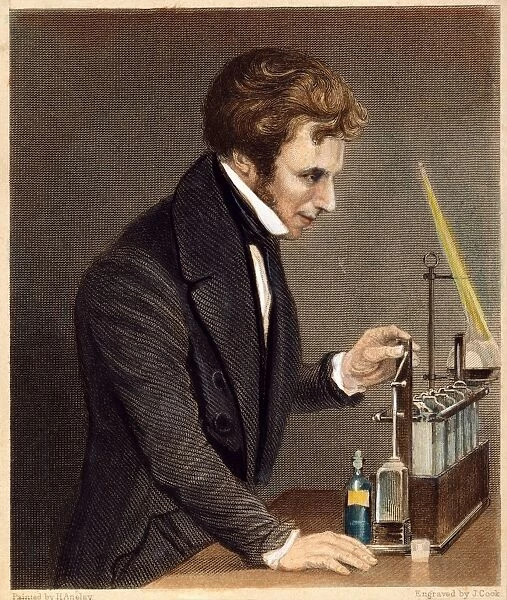
Grove Karl Gilbert, an American geologist, made substantial contributions to the understanding of glacial erosion and the formation of glacial landforms. His studies of the Henry Mountains in Utah and the Sierra Nevada in California provided valuable insights into the processes of glacial erosion and deposition.
Gilbert’s work on glacial geology helped to establish the concept of the “glacial cycle,” which describes the recurring advance and retreat of glaciers over geological time scales. His findings also shed light on the role of glaciers in shaping mountain landscapes and creating distinctive features such as cirques, arêtes, and U-shaped valleys.
Albrecht Penck (1858-1945)
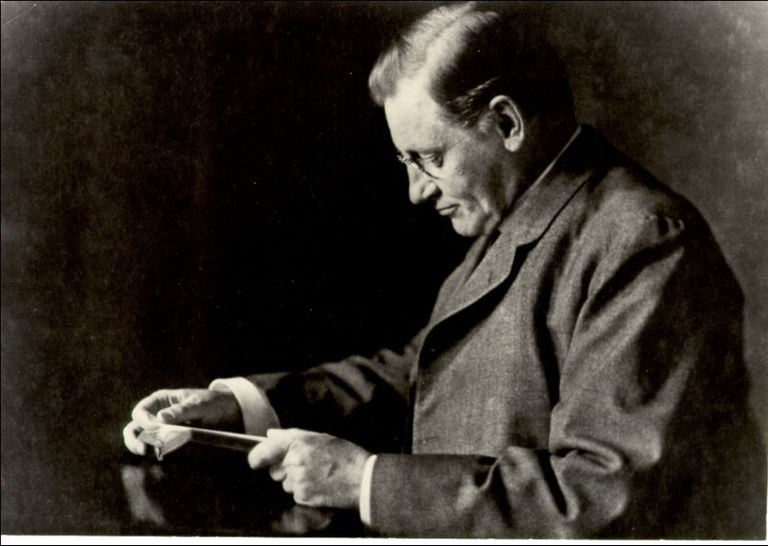
Albrecht Penck, a German geographer and geologist, made significant contributions to the study of Quaternary glaciations and the development of modern glacial theory. In collaboration with Eduard Brückner, Penck proposed a model of four major glacial periods in the Alps, known as the Günz, Mindel, Riss, and Würm glaciations.
Penck’s work helped to establish a framework for understanding the cyclical nature of glacial periods and their impact on the Earth’s climate and landscapes. His research also played a crucial role in the development of modern glacial chronology and the dating of glacial deposits.
Hans Wilson Ahlmann (1889-1974)

Hans Wilson Ahlmann, a Swedish glaciologist, made substantial contributions to the study of glacier mass balance and the response of glaciers to climate change. He pioneered the use of ablation stakes and snow pits to measure glacial melting and accumulation, techniques that are still widely used in glaciological research today.
Ahlmann’s work in the Arctic and Scandinavia provided valuable insights into the sensitivity of glaciers to variations in temperature and precipitation. His findings helped to establish the link between glacial fluctuations and climate change, paving the way for modern research on the impact of global warming on glaciers and ice sheets.
Richard Foster Flint (1902-1976)
Richard Foster Flint, an American geologist, made significant contributions to the study of Quaternary glaciations and the development of glacial stratigraphy. His work focused on the identification and correlation of glacial deposits across North America, helping to establish a comprehensive framework for understanding the extent and timing of past glaciations.
Flint’s seminal work, “Glacial and Quaternary Geology,” published in 1947, became a standard reference in the field and influenced generations of glaciologists. His research also played a crucial role in the development of modern dating techniques, such as radiocarbon dating, which have revolutionized our understanding of glacial chronology.
John Nye (1923-2019)

John Nye, a British physicist and glaciologist, made groundbreaking contributions to the understanding of glacier dynamics and the physics of ice deformation. He developed a mathematical model of glacier flow, known as the Nye-Gibson model, which laid the foundation for modern ice sheet modeling and the prediction of future sea-level rise.
Nye’s work on the response of glaciers to stress and strain helped to elucidate the complex behavior of ice under different loading conditions. His findings have been instrumental in understanding the stability of ice sheets and the potential for rapid glacial collapse in a warming climate.
Willi Dansgaard (1922-2011)
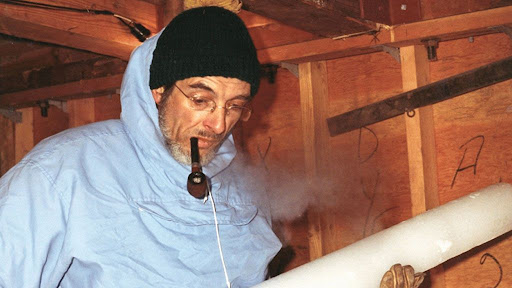
Willi Dansgaard, a Danish paleoclimatologist, made pioneering contributions to the study of past climate change using ice core records. He was one of the first scientists to recognize the potential of oxygen isotope ratios in ice cores as a proxy for past temperatures and precipitation patterns.
Dansgaard’s work on the Greenland ice core record provided unprecedented insights into the climate history of the last glacial period and the abrupt climate changes known as Dansgaard-Oeschger events. His findings have been crucial in understanding the natural variability of the Earth’s climate system and the potential for rapid climate shifts in response to external forcings.
Lonnie Thompson (1948-present)

Lonnie Thompson, an American paleoclimatologist, has made exceptional contributions to the study of tropical glaciers and their role in global climate change. He has led numerous expeditions to remote mountain ranges, including the Andes, the Himalayas, and the Tibetan Plateau, to collect ice cores from high-altitude glaciers.
Thompson’s work has provided invaluable records of climate change in the tropics, a region that is particularly sensitive to variations in temperature and precipitation. His findings have helped to demonstrate the global nature of climate change and the impact of human activities on the Earth’s climate system.
Richard Alley (1957-present)
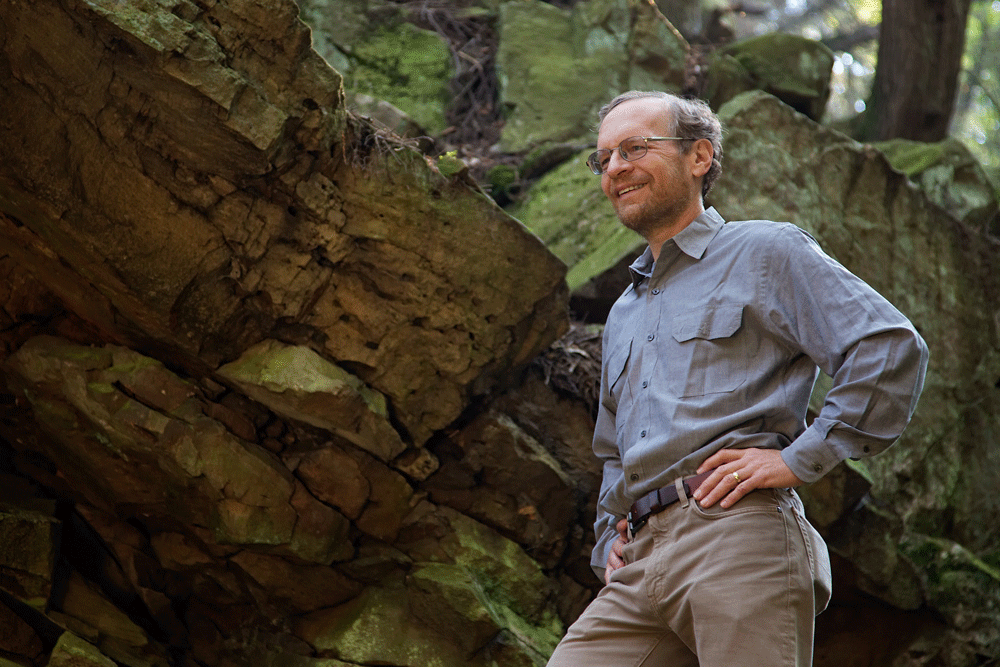
Richard Alley, an American geologist and glaciologist, has made significant contributions to the understanding of ice sheet dynamics and the role of glaciers in abrupt climate change. His work on the West Antarctic Ice Sheet has helped to elucidate the potential for rapid ice loss and sea-level rise in response to warming temperatures.
Alley’s research on the Greenland ice core record has provided insights into the mechanisms of abrupt climate change, including the role of ocean circulation and the stability of ice sheets. His findings have been instrumental in informing public policy on climate change and the need for mitigation and adaptation strategies.
Ellen Mosley-Thompson (1952-present)

Ellen Mosley-Thompson, an American paleoclimatologist, has made substantial contributions to the study of ice cores and their use in reconstructing past climate variability. Together with her husband, Lonnie Thompson, she has participated in numerous expeditions to collect ice cores from mountain glaciers around the world.
Mosley-Thompson’s work has focused on the development of high-resolution ice core records and the use of multiple proxies to reconstruct past climate conditions. Her research has provided valuable insights into the natural variability of the Earth’s climate system and the impact of human activities on global climate change.
Johannes Oerlemans (1950-present)
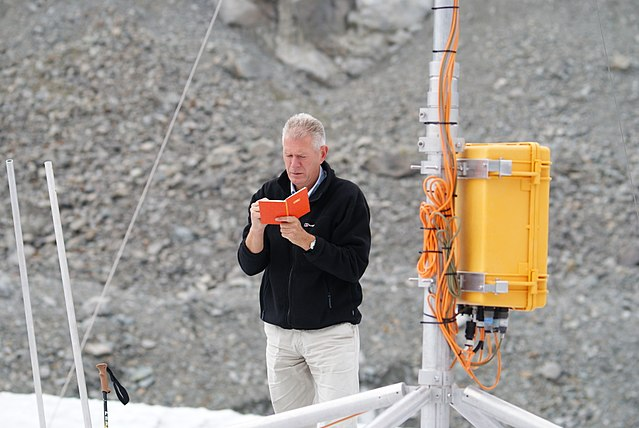
Johannes Oerlemans, a Dutch glaciologist, has made significant contributions to the understanding of glacier dynamics and the response of glaciers to climate change. He has developed numerical models of glacier flow and mass balance, which have been widely used in glaciological research and the prediction of future glacier behavior.
Oerlemans’ work has focused on the sensitivity of glaciers to variations in temperature and precipitation, as well as the role of glaciers in regional and global climate systems. His findings have been crucial in understanding the potential impacts of climate change on water resources, sea-level rise, and ecosystem dynamics in glaciated regions.
Conclusion
The field of glaciology has been shaped by the tireless efforts and groundbreaking discoveries of numerous influential scientists throughout history. From Louis Agassiz’s pioneering work on the concept of an ice age to the cutting-edge research of contemporary glaciologists like Richard Alley and Ellen Mosley-Thompson, these individuals have contributed to our understanding of glaciers, ice sheets, and their role in the Earth’s climate system.
The work of these glaciologists has not only advanced our scientific knowledge but has also informed public policy and raised awareness about the urgent need to address the challenges posed by climate change. As we face the growing impacts of global warming on glaciers and ice sheets worldwide, the legacy of these influential glaciologists serves as an inspiration and a foundation for future research and action.
By studying the complex dynamics of glaciers and their response to climate variability, these scientists have provided us with invaluable insights into the past, present, and future of our planet. Their contributions have laid the groundwork for a more comprehensive understanding of the Earth’s climate system and the critical role that glaciers play in shaping our world.
As we continue to grapple with the challenges of climate change and its impact on glaciers and ice sheets, the work of these influential glaciologists will undoubtedly remain a vital source of knowledge and inspiration for generations to come. Their dedication, innovation, and scientific excellence have set the stage for a more sustainable and resilient future, one in which the study of glaciers and their role in the Earth’s climate system will continue to play a central role.

